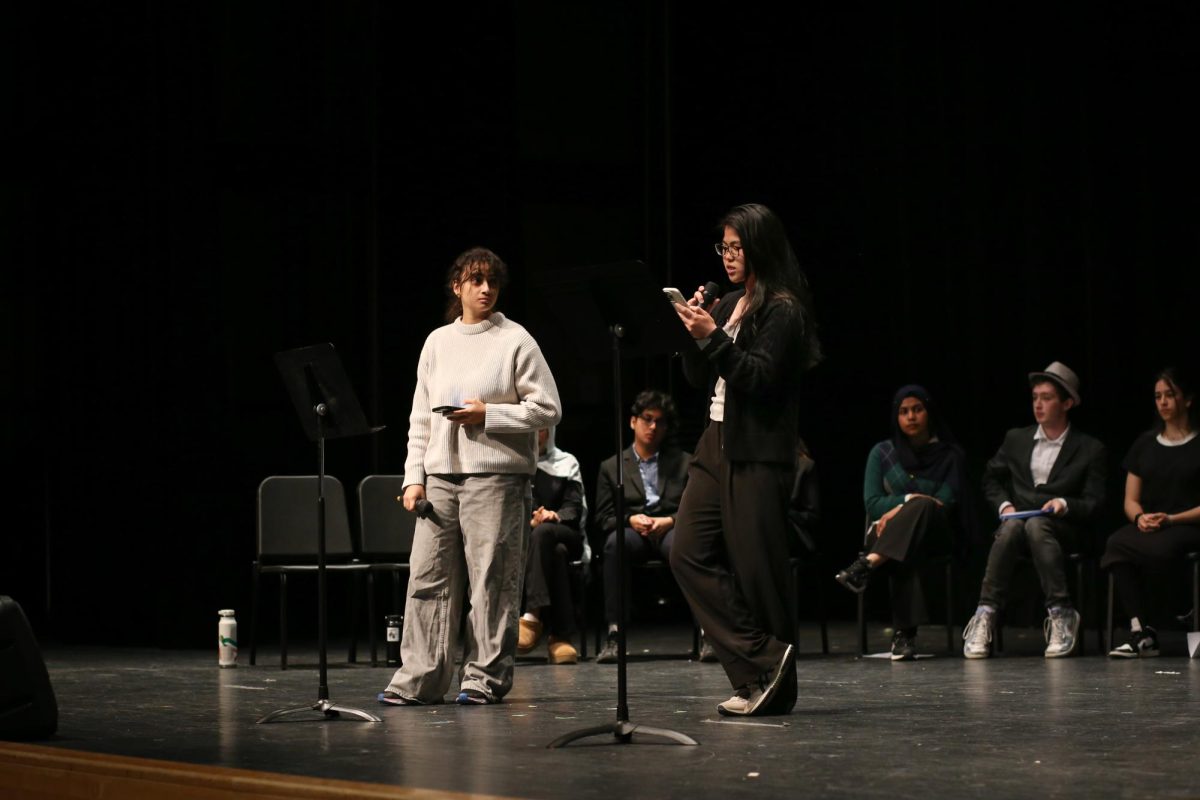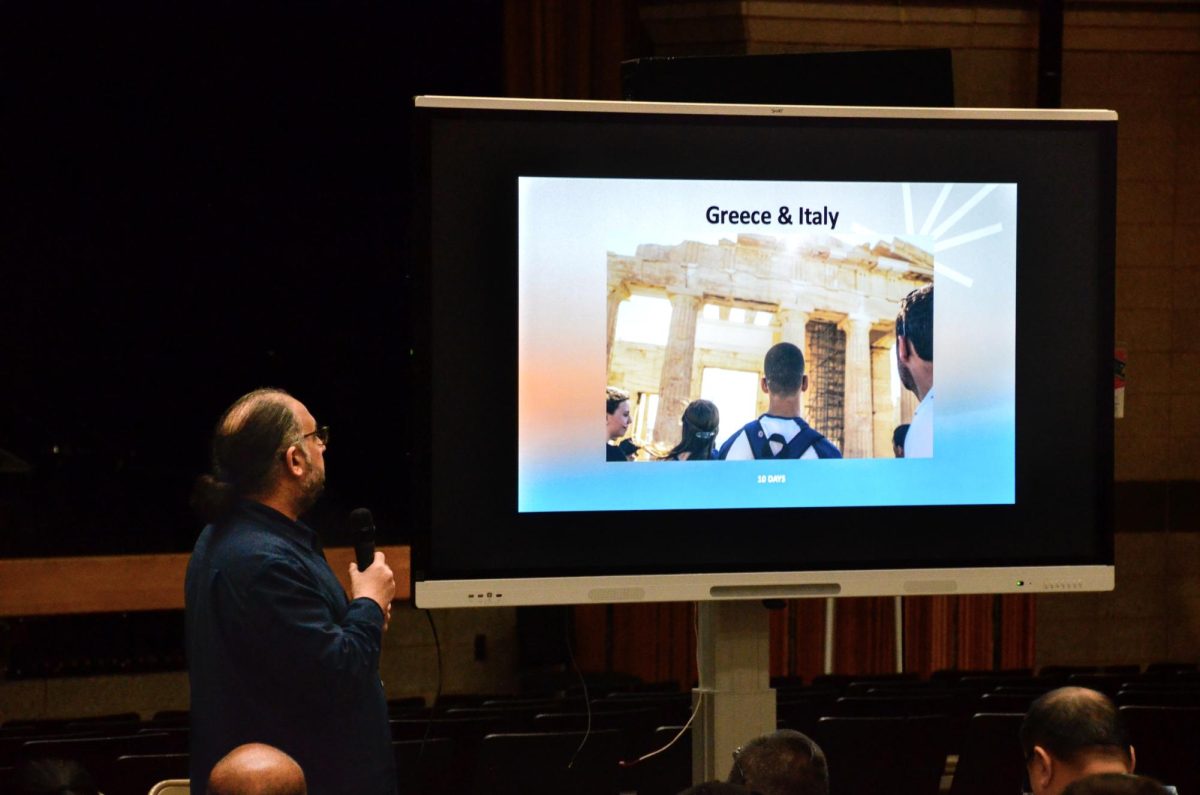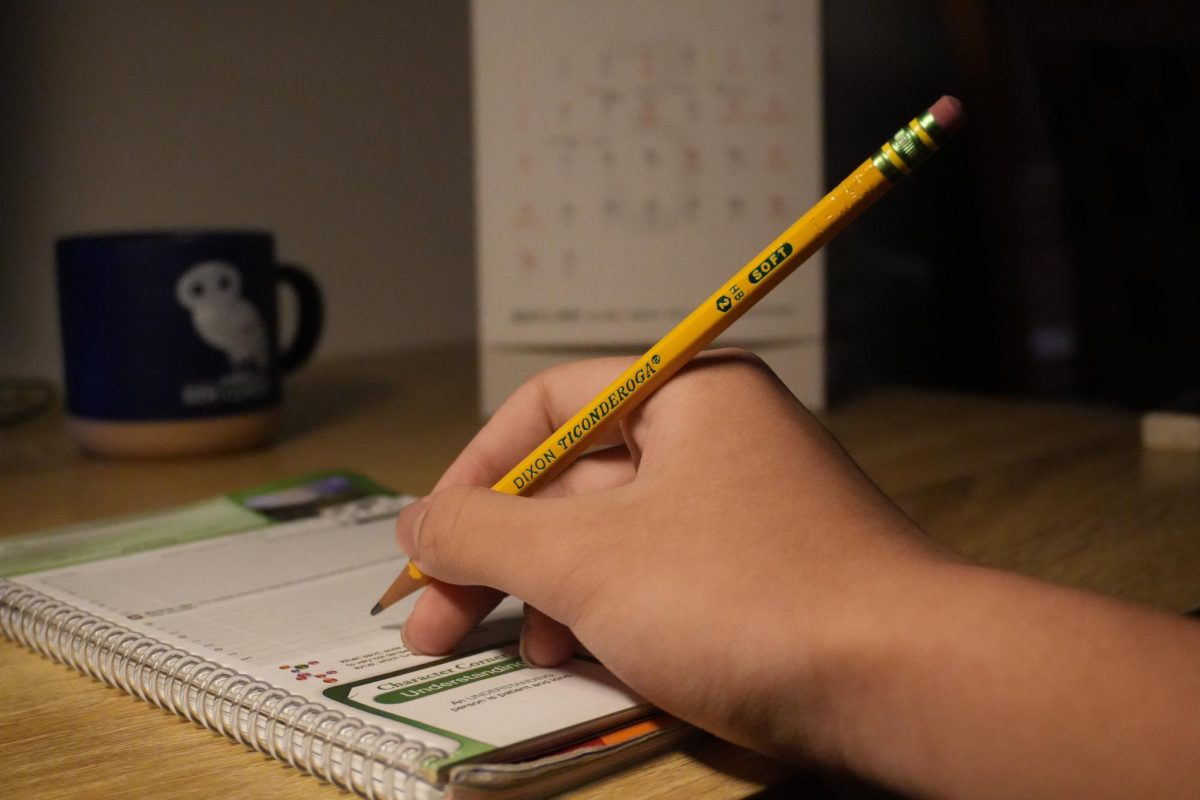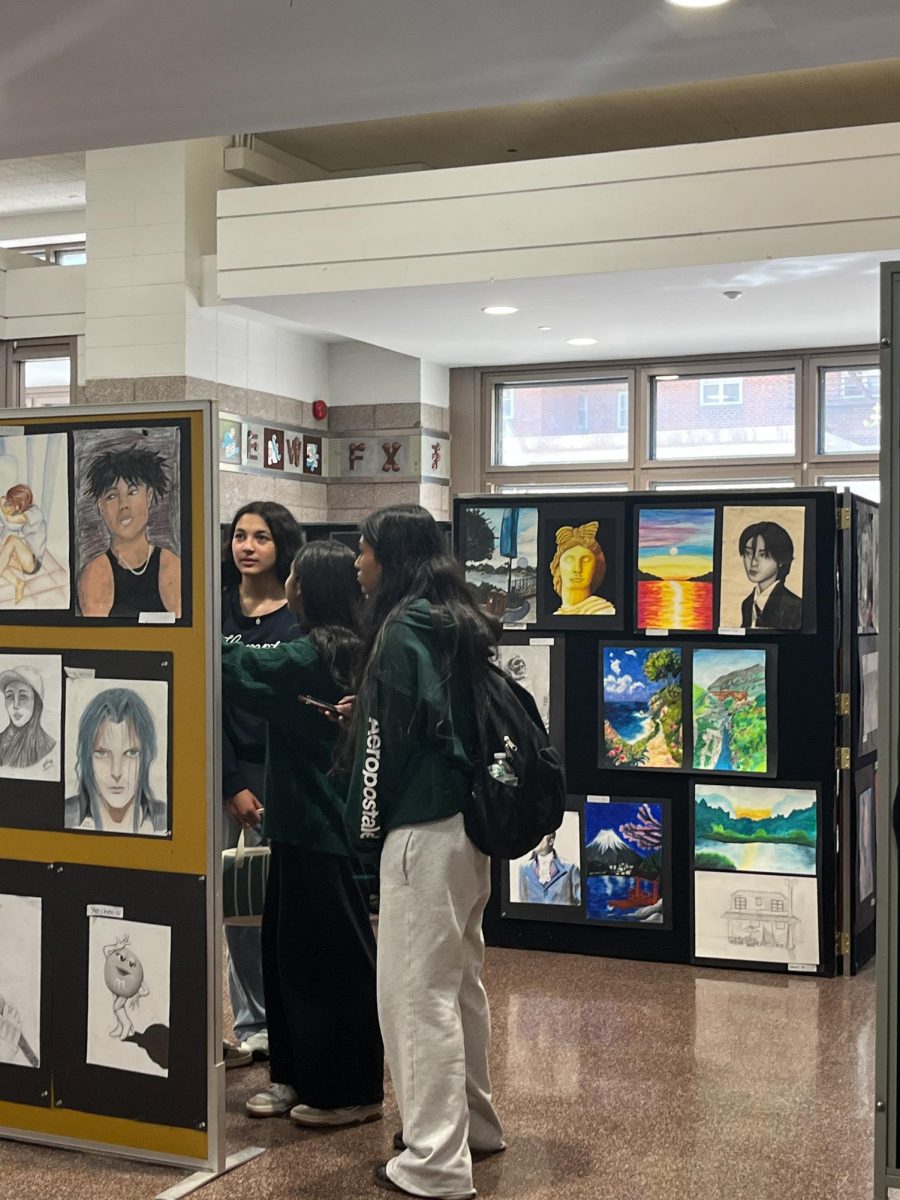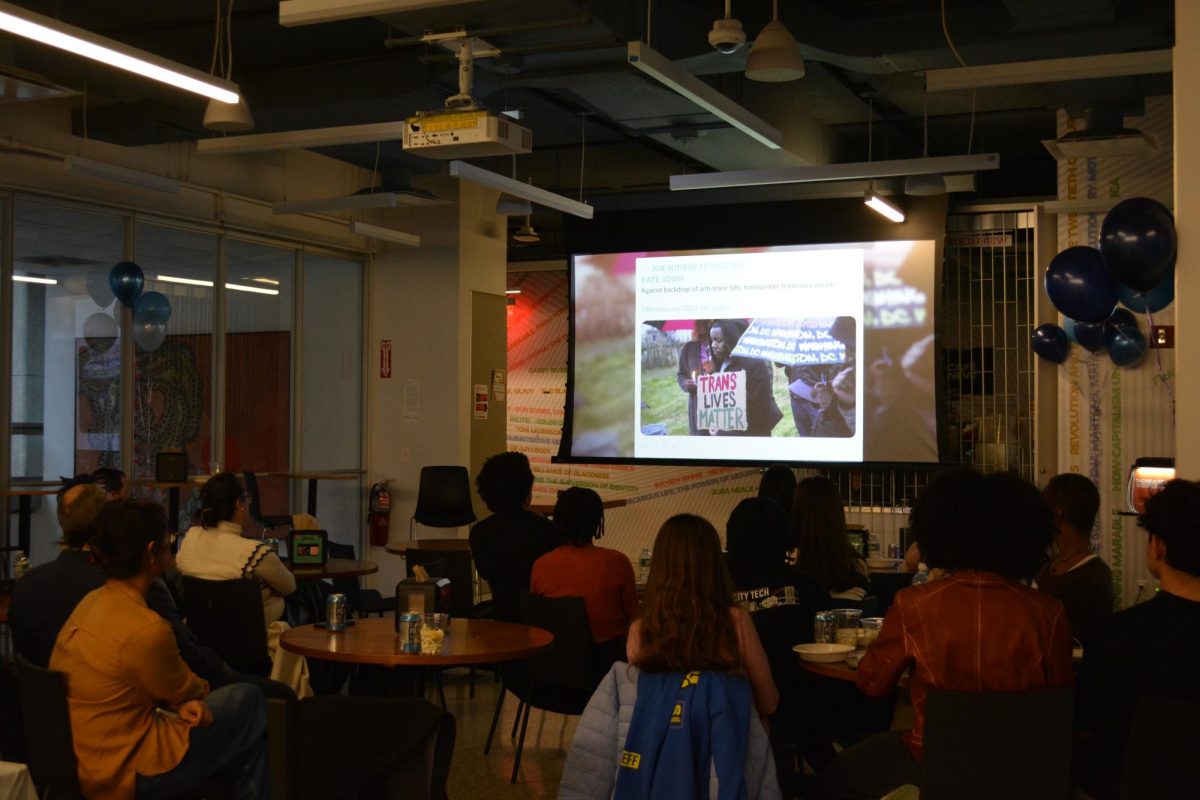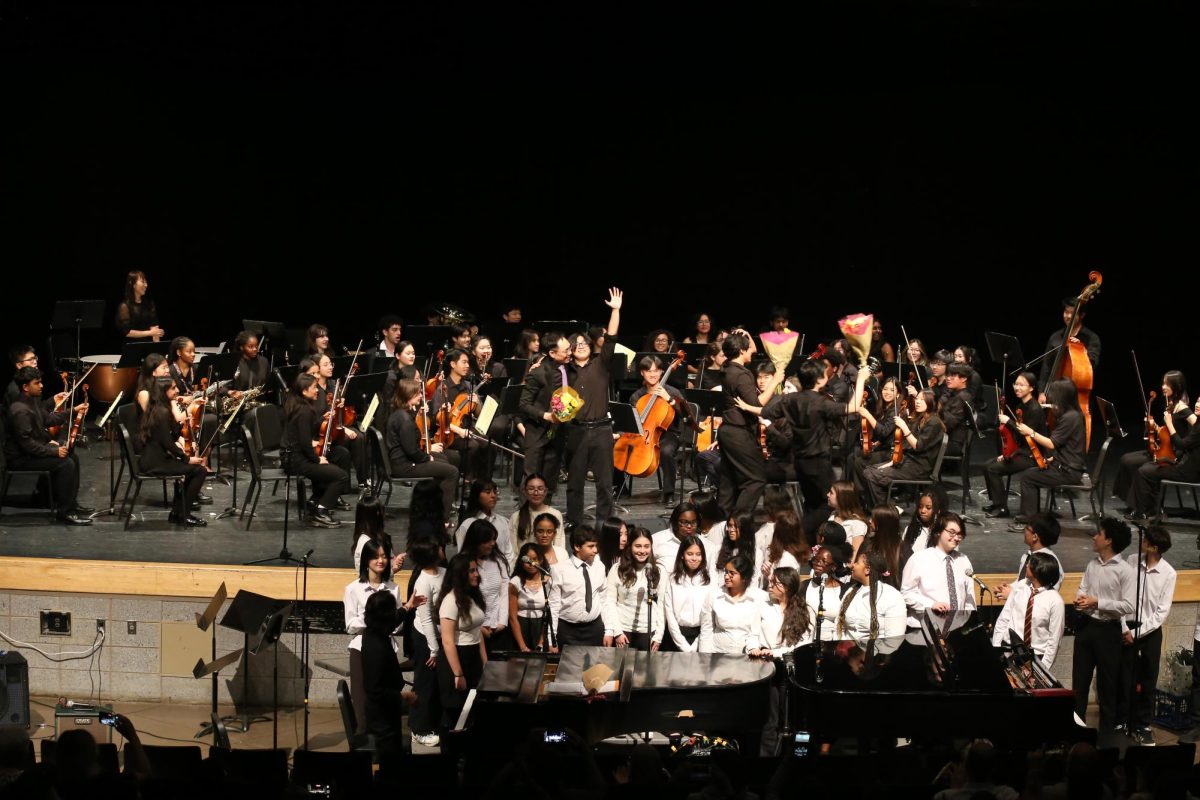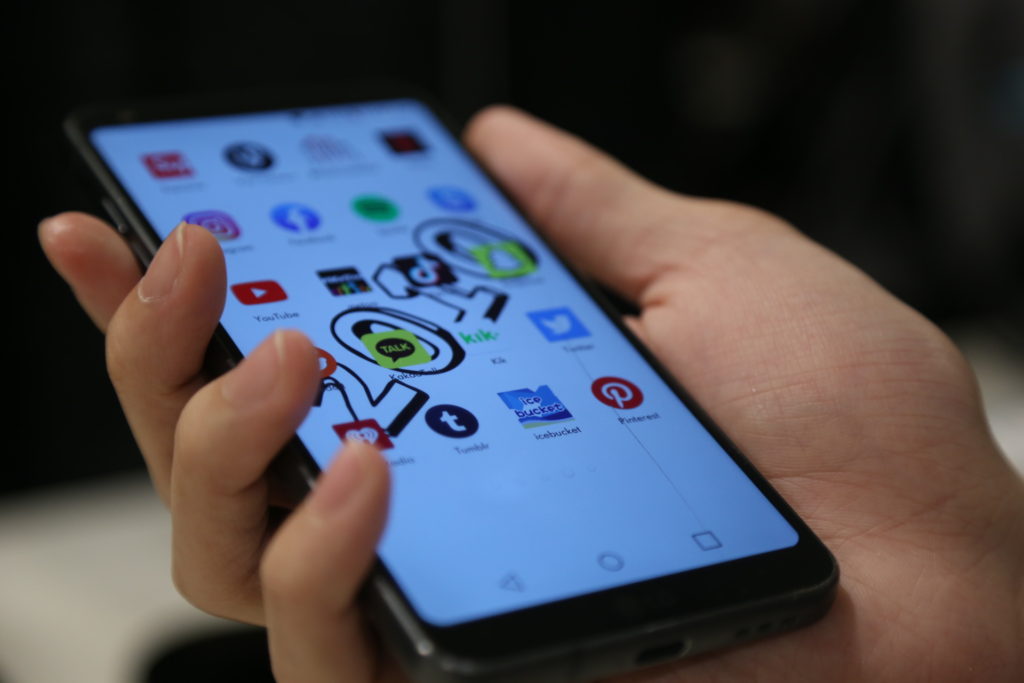
The past decade brought the rise of social media and youth activism, allowing people to gain support over large public networks and share ideas. These have impacted society and the ways by which we communicate.
The ubiquitousness of social media
In 2010, social media was still in its infancy; it wasn’t as widespread as it is now. Now, nearly everyone has a smartphone in their pocket and is active on at least one social media platform.
Sophomore Marykate Wee said that social media “became a community and started new trends… which shaped our decade.” Vine was one of the first apps to film and publish short videos, establishing social media as a way of socializing in the 21st century. Tumblr also revolutionized social media by setting a precedent for informal chatting within the digital realm. Later in the decade, the rise of Snapchat and Instagram led to the creation of many trends because people could share and create content. SocialsStudies teacher Blayne Gelbman said social media is notable for its “ability for anyone to get news or information immediately,” and “the platforms’ refusal to vet news sources.” We can see how social media’s affect on society, especially with Twitter’s influence the outcome of the presidential election of 2016.
The rise of streaming services such as Spotify and iHeartRadio became prominent, revolutionizing the way we listen to music. In the past 10 years, YouTube grew in popularity, despite its controversies of child privacy and inappropriate content over the past few years. Toward the end of this decade, we saw a shift from individual creators to mass production companies dominating content on YouTube. Media trends also had a significant impact beyond entertainment, through projects like the Ice Bucket Challenge, and the recent #TeamTrees campaign.
Youth activism, movement, and change
Social movements defined the past decade, and brought the youths’ voices to the forefront of public policy and elected officials. Youth-led movements like Occupy Wall Street, the Arab Spring, and Black Lives Matter dominated the first half of the 2010’s. Later in 2018, students took to the streets in support of March for our Lives and more gun control reform. Overseas in Hong Kong, students are not only originally protesting an extradition bill, but also fighting for their future in the face of one of the world’s oppressive states of Communist China.
Greta Thunberg started protesting climate change in front of the Swedish Parliament and has garnered a worldwide movement, urging politicians to “listen to the science.” ISS Social Studies teacher Ian Morzan said, “The voice of the youth is the global consciousness. Children are leading the way in the fight against climate change, abuses of power, authoritarian governments, and gun safety.”
Student activism is close to the Townsend Harris community, as in the past, Harrisites have had to find a voice for themselves. From protesting in front of City Hall to the sit-ins in the hallways back in 2017, the Townsend Harris community paved the way for a better future for our school.
Assistant Principal of Organization Ellen Fee commented, “Once youth are impacted by watching change happen that came about by standing up to power, youth see the power of activism, and continue choosing to speak up into adulthood.” These movements encourage other youth to protest for their future and break societal norms.
There were also many social shifts made during the 2010’s. We’ve made strides towards inclusion and acceptance of the LGBTQ+ community, expanded rights for women, and brought awareness to people with disabilities. From the movement for gun control in March for our Lives to the #MeToo Movement, societal changes this past decade have left its mark.
Photo by Min Hyeok Shin, Photography Editor.


